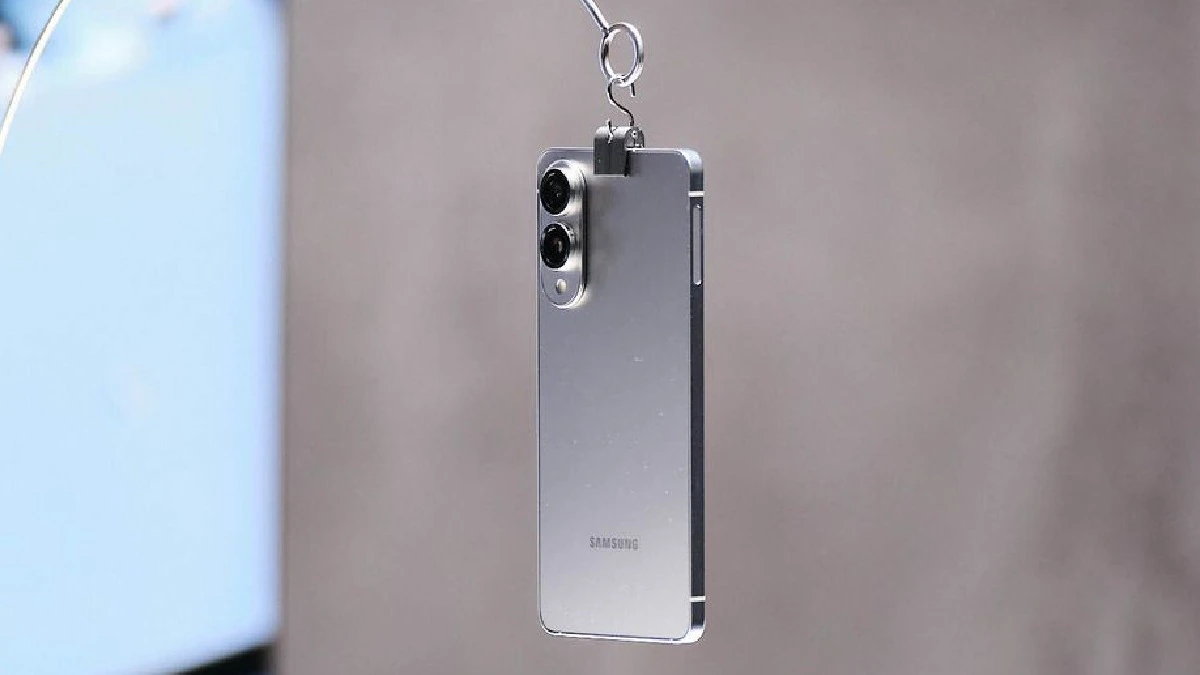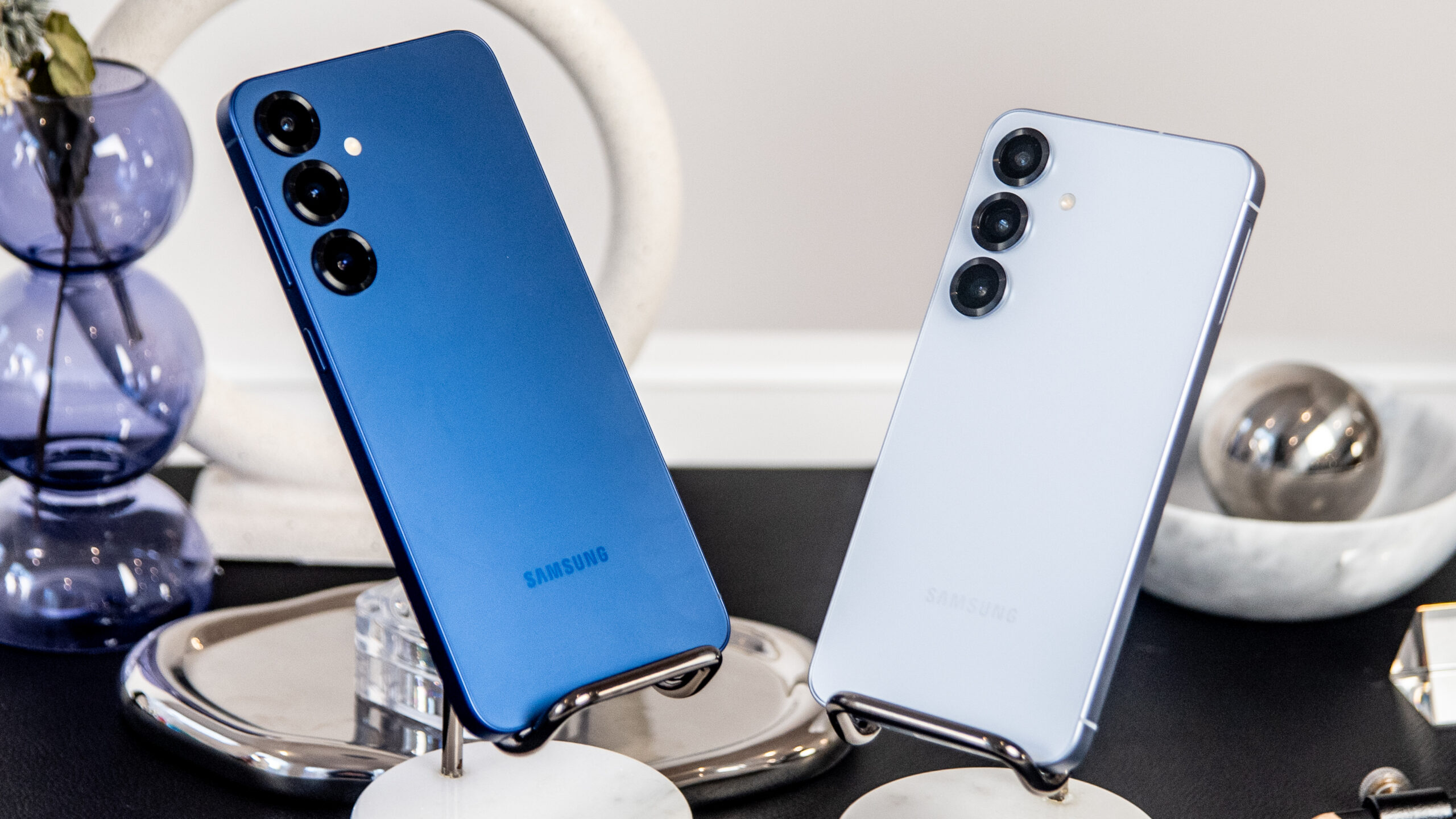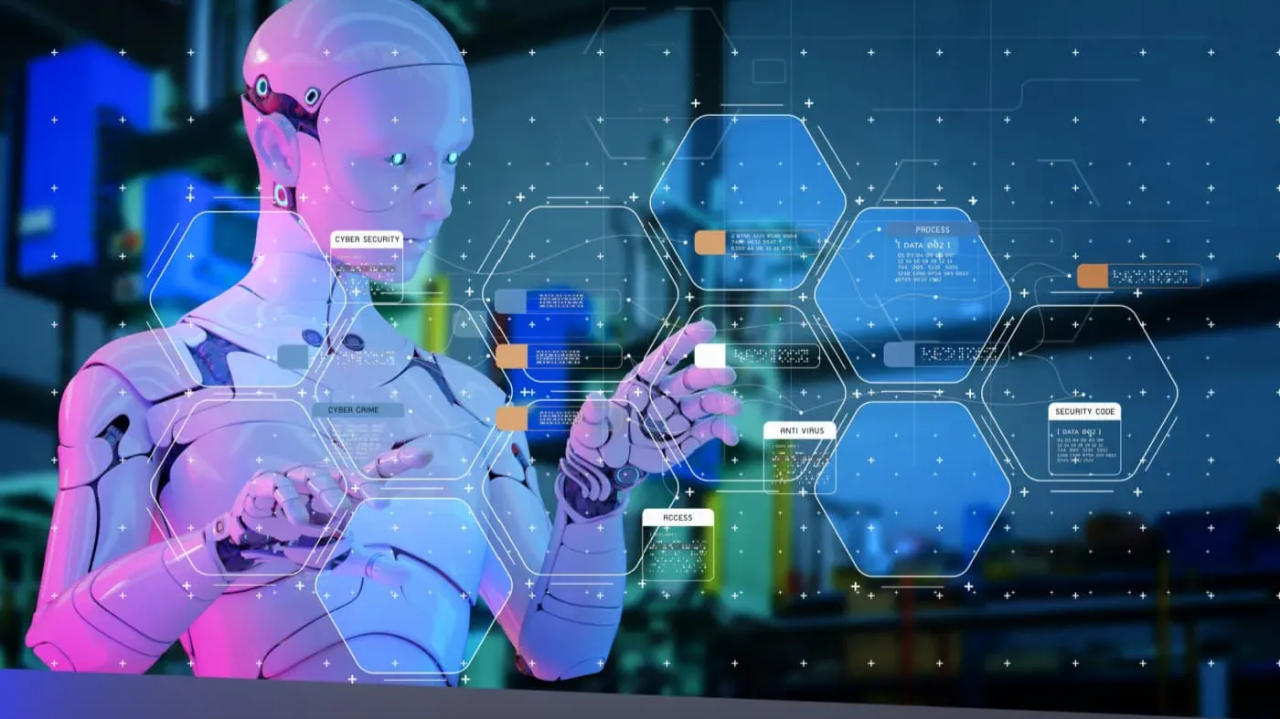In the rapidly evolving landscape of generative artificial intelligence (AI), two technology giants, Microsoft and Google, are at the forefront, each leveraging their strengths and resources to shape the future of AI-driven productivity tools. Microsoft, with its early and strategic partnership with OpenAI, is pushing the envelope in integrating generative AI into its suite of productivity applications, setting a competitive benchmark that Google is striving to meet.
Key Highlights:
- Microsoft and Google are intensifying their efforts to integrate generative AI across their productivity products.
- Microsoft’s 365 CoPilot initiative is leveraging OpenAI’s GPT-4 models to enhance Word, Excel, PowerPoint, Outlook, and Teams with advanced AI capabilities.
- Microsoft’s approach emphasizes deep integration of generative AI with enterprise data, offering contextual and relevant responses across its suite of applications.
- Google, while also embedding generative AI features within its Workspace productivity apps, is perceived as being more cautious in exposing proprietary work data to its AI models.
- Analysts highlight the strategic importance of generative AI in augmenting productivity and efficiency, with Microsoft’s offerings seen as potentially more impactful in the immediate future.
The Competitive Edge in Generative AI
Microsoft’s strategic investments in generative AI, exemplified by its partnership with OpenAI, have endowed its suite of productivity tools with cutting-edge AI capabilities. The introduction of Microsoft 365 CoPilot marks a significant advancement in how AI can automate and enhance tasks like document drafting in Word, creating presentations in PowerPoint, summarizing email threads in Outlook, and generating data visualizations in Excel. These innovations not only aim to streamline work processes but also introduce a new paradigm in how businesses interact with digital content.
In contrast, Google’s approach to integrating generative AI into its Workspace applications, including Docs, Sheets, and Slides, reflects a cautious but innovative effort to harness AI’s potential without fully exposing sensitive corporate data to AI models. This strategy underscores Google’s emphasis on user privacy and data security, even as it seeks to maintain its competitive stance in the AI domain.
Strategic Implications and Market Impact
The race between Microsoft and Google in generative AI is not just about technological superiority but also about defining the future of work and productivity in a digital-first world. Microsoft’s aggressive push with 365 CoPilot, underpinned by its collaboration with OpenAI, positions it as a frontrunner in leveraging AI to redefine enterprise productivity. Google, with its vast resources and deep expertise in AI, is not far behind, although its strategic priorities and approach to integrating AI into productivity tools differ from Microsoft’s.
The Broader Impact on the Tech Industry
The strategic moves by Microsoft and Google in the generative AI space signal a significant shift towards AI-driven productivity solutions, with implications extending far beyond the immediate competition between these two companies. This rivalry is set to influence future technological advancements, market dynamics, and the adoption of AI across various sectors. As AI becomes more integrated into daily work processes, its potential to enhance human capabilities, streamline complex tasks, and open up new creative possibilities is becoming increasingly apparent.
Analysts suggest that the unfolding dynamics between Microsoft and Google in generative AI will have far-reaching implications for the technology sector, potentially influencing future innovations, market shares, and the broader adoption of AI across industries. As both companies continue to evolve their AI offerings, the focus remains on creating tools that enhance human productivity, simplify complex tasks, and unlock new avenues for creativity and efficiency in the workplace









